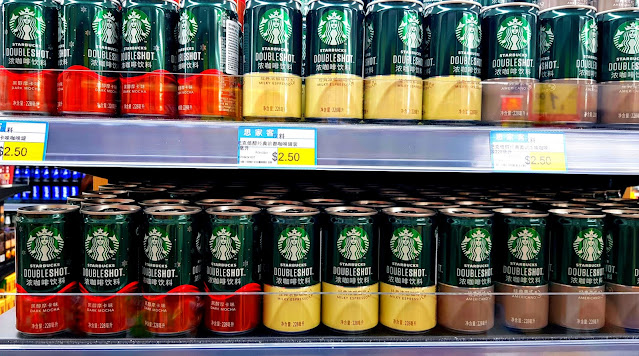One of the most frequent themes in submission papers at Bachelor, Post-Grad and Masters level for Business Administration/Marketing is New Market Development.
This is a topic that requires months of research- whether it be on the ground or if it be conducted remotely offshore.
There is always a lot of paper reading, a lot of sorting, a lot of calculating.
There are times where one has to conduct surveys, and there are times where one has to organize interviews (for accurate information) with carefully selected interviewees.
At the end of it, there is the collation, the writing, as well as the rewriting.
Frameworks, formulas, theories, techniques- all these get thought through, sorted out, arranged, articulated, sorted out again, rearranged again, and re-re-rearticulated again.
Some of the work is groundbreaking.
Some of the work, however, is meant to just clear the examiners and get the qualification.
It doesn't matter which it is.
What matters is that the paper can be utilized for real-world industry and real-world application, where, if I may say, corporate structure, political/economic movements and market sentiment play a much more significant role than the (oft-ideal) solutions presented to the examiners.
I'm not disdaining the ideas.
I myself have succeeded with some bombastic ideas that have never been tested in real-world.
But concepts for market penetration and market development are more usable when researched using a combination of data and groundwork.
There are people who swear by data analytics and big data.
Nothing wrong with data- my bread and butter involves using entertainment content as a means of data acquisition.
But I am also a believer that a product/service should meet a user's needs, and what better way than to go straight to the users themselves?
Sometimes the results from both the data analytics and groundwork will surprise you.
And that's when you have to make strategic decisions based on the results that the collective data reveals.
It happens in every company, every corporation, big and small.
A few years ago there were various articles about the presence of Starbucks in China's cities, and how the coffee chain, despite their Americanism, held less sentiment amongst the consumers as compared to the domestic coffee chains.
Some people said it was because of unfamiliarity.
Others said it was a matter of nationalism and national pride etc etc.
But I found these on the shelves in SCARLETT- a specialty store in Singapore's Chinatown offering contemporary-label food products manufactured by Mainland Chinese companies which are then heavily marketed to the youth/young adult segment in domestic China (and the rest of the world).
Presuming so, these cans of Starbucks coffee would also be meant for the same youth/young adult shoppers at SCARLETT- and which means that Starbucks has a wider presence in Mainland China than what has been discussed in media.
It isn't that they have had to close outlets.
It isn't that they aren't opening more outlets.
It is that they have embraced the present-day buying behavior of the market and chosen a strategy that places their signature coffees into small-sized cans which are convenient to carry around, be easily stocked in supermarkets, small shops, kiosks, gamer cafes, any sort of shop, and vending machines.
You can't tell me that ground research and data didn't contribute to such a approach.
It obviously did.
Because whilst US and other countries are a great market for cafe culture and all, China, on the other hand, is a remarkably mobile market where her people are constantly on the up and go, and whom have- in their phones- Wechat, Alibaba, Taobao, Douyin and Bilibili.
It is with this perspective that many products, in particular, food, are being researched on in terms of food tech, packaging tech, logistics, consumer buying behavior and so on.
More is the market welcome to foods that look fun, taste fun, have variety, are easy to carry around, and can be consumed on the go.
Of course one can argue that it is possible to buy a cuppa from a Starbucks, put it in a flask, and bring it on-the-go.
But in a country like China where the land covers five time zones, is it not more sensible to load cans of coffee onto a truck, deliver it to provinces all over, and send it straight to the hands of the consumers wherever they may be, instead of dedicating resources to outlets that come with limited space and limited number of baristas and which consumers have to come to?
Such a strategy, on the other hand, could actually make their outlets more coveted than had they been plonked all over the hottest districts of every provincial capital in the country.
Of course, this isn't the only reason why Starbucks chose to go the canned coffee route in mainland China (there're certainly other reasons- like the cooperation agreement between themselves and Master Kong in 2015) but in the chatter of market development from Starbucks' POV, the concept- however FMCG like- certainly came through.
